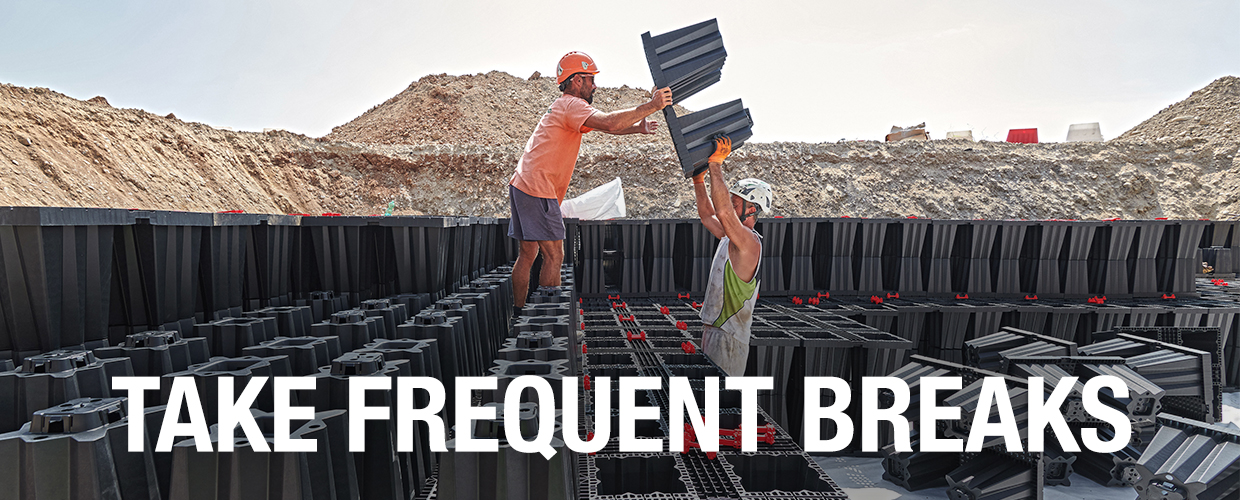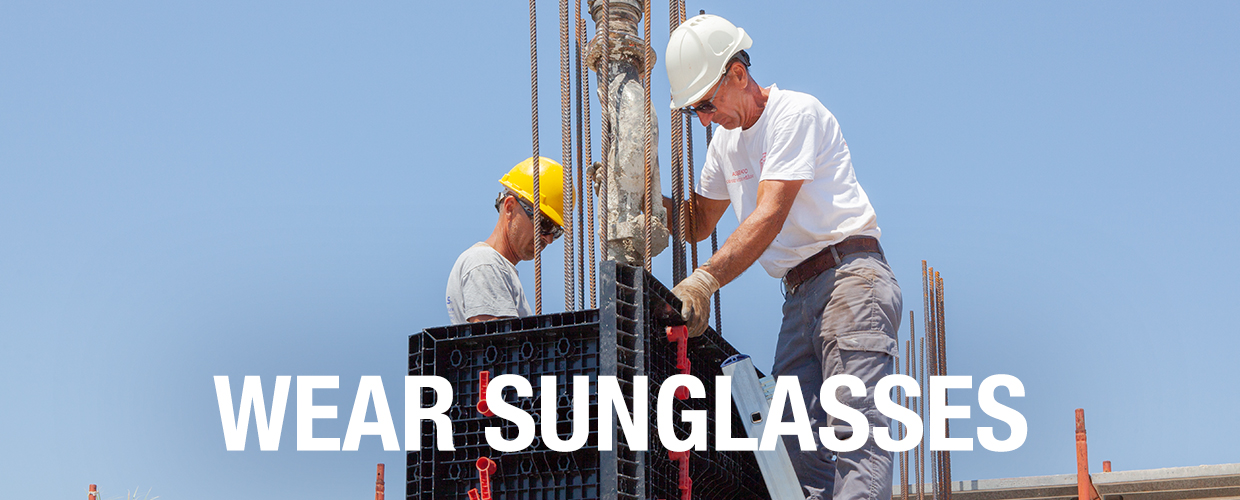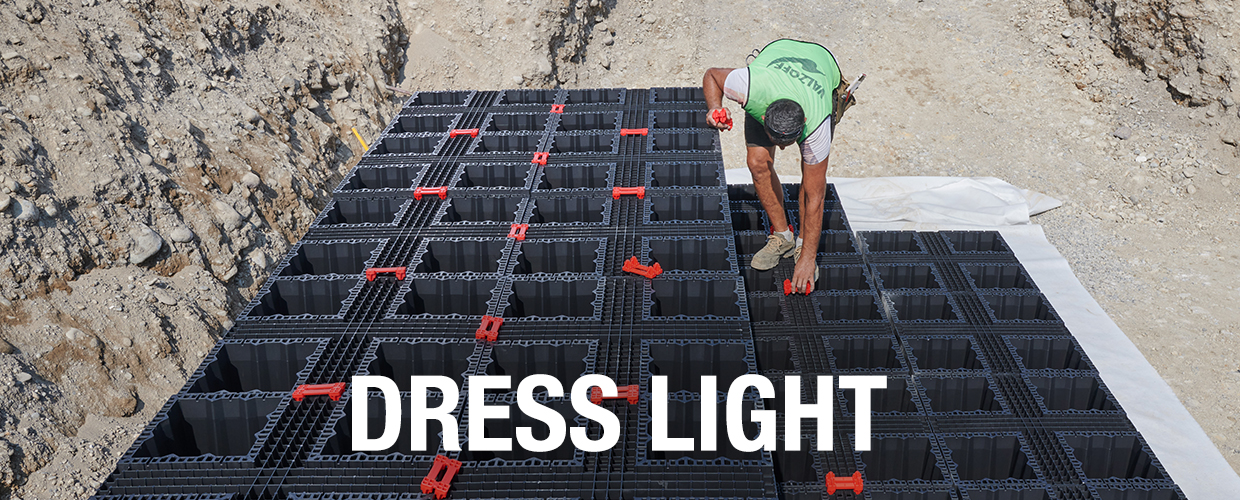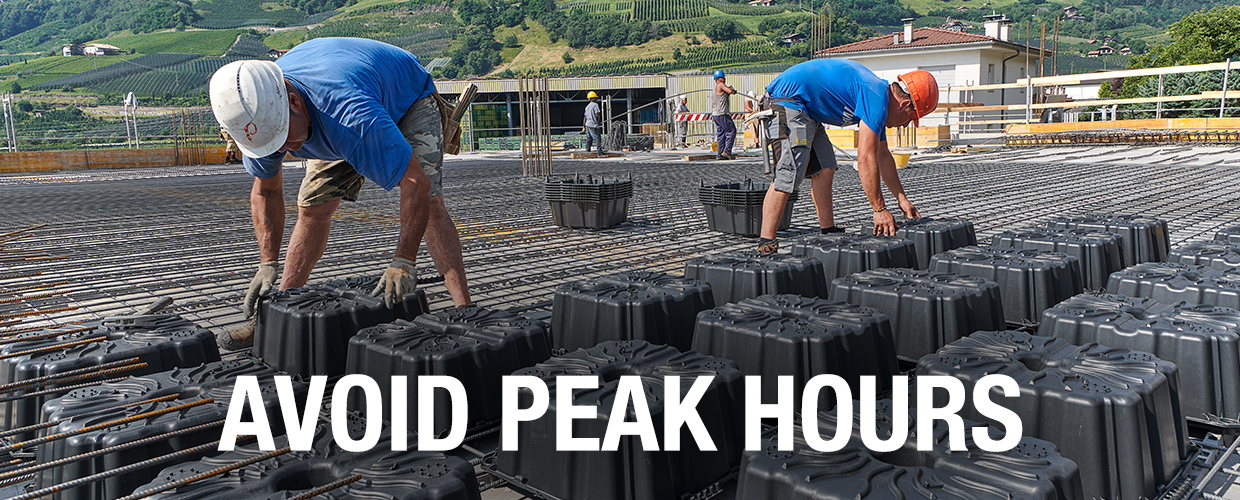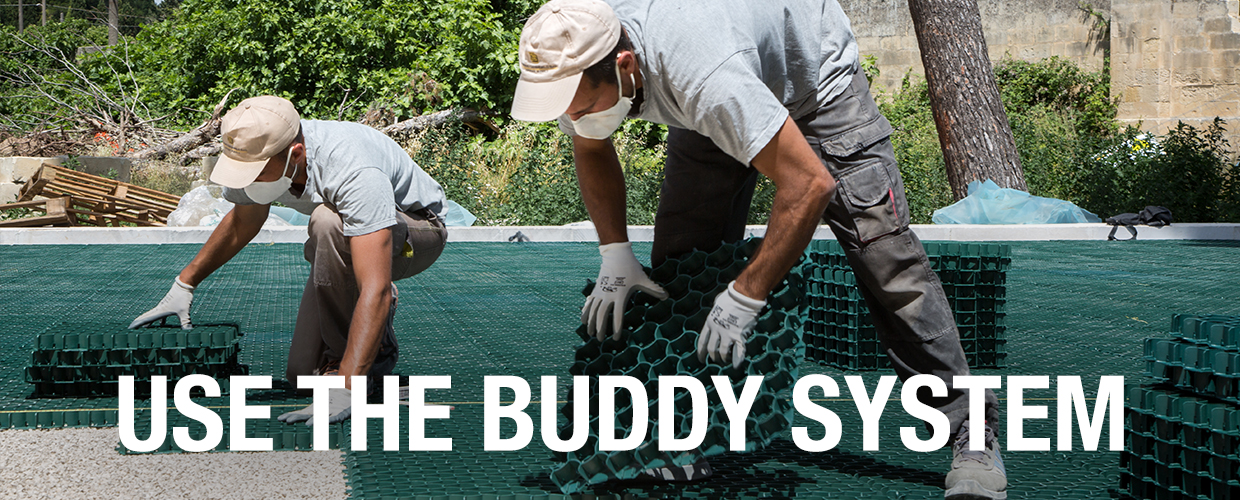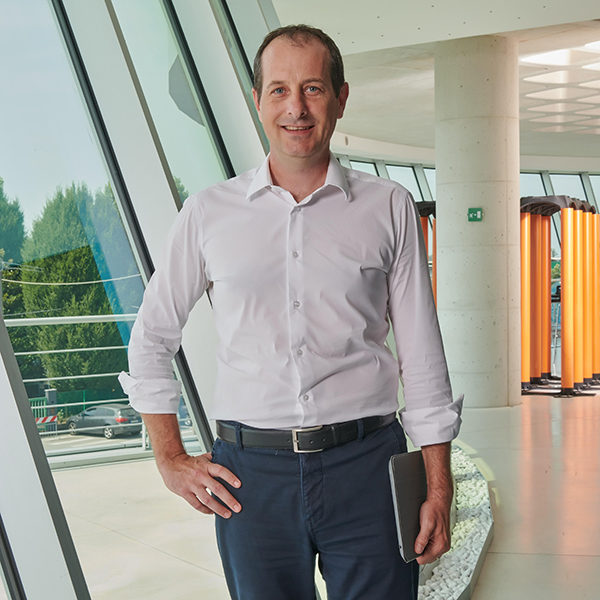How to work safely on a construction site in August heat
4 August 2022
Construction depends on workers who are on the sites exposed to the elements. With heat waves, August is the most difficult and dangerous month for construction work. Here is a reminder to both construction workers and their employers of the basic safety precautions for working in heat:
Stay hydrated
Supply the worksite with cool water (10-20ºC, 1 cup per worker every 15 min), energy drinks with electrolytes, and ice.
Take frequent breaks
Schedule shorter shifts and take more frequent rest breaks to cool down and hydrate. Spend your breaks in shaded or air-conditioned areas.
Dress light
Wear loose-fitting clothes and protective gear made of light, breathable, natural materials to reduce your body heat.
Cover your skin
Protect your body with light and reflective (white or brighter) clothing and hats to avoid overheating and sunburn.
Wear sunglasses
Exposing your eyes to sun rays increases the risk of heat illness. Wear sunglasses with UVA and UVB protection, even if you are wearing contacts.
Wear sunscreen
Cooling down is not the only concern in high temperatures. Apply sunscreen regularly to protect yourself from UV rays.
Watch what you eat and drink
Eat more frequent but smaller and lighter meals during the day. Do not use alcohol and caffeine to avoid dehydration.
Monitor the weather
Prepare for heat by regularly checking the environmental conditions: outside temperature, humidity, air speed, and heat index.
Avoid peak hours
Work outside peak sun hours (3 p.m.). Schedule strenuous jobs for the cooler part of the day and/or for alternate days.
Take time to acclimatize
Gradually increase workloads in the first 2 weeks. New workers should start at 20 % on day 1, with a 20 % increase each subsequent day.
Use the buddy system
Stay close to others. Monitor the condition of your coworkers, especially those at high risk, and have someone to monitor you.
Mind the heat stress symptoms
Heat stroke is a life-threatening emergency! Learn to recognize the symptoms and train employees for first response.
Safety is a top priority in our product design – our products are easier to use, safer, and lighter than others’ reducing the risk for workers using them.
